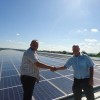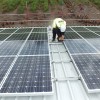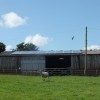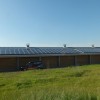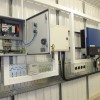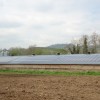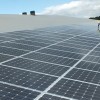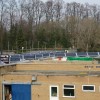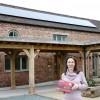Mechanics of a Solar PV System
Solar PV Systems convert daylight (not sunlight) into electricity. PV Modules (PV Solar Panels) are made up of many cells each containing one or two layers of a semi conducting material. An electric field is created when daylight reaches these cells making electricity flow between the semi-conducting layers.
To be effective the PV Modules need to face within 90º of South – optimum performance is obtained when facing directly south. The Modules need to be pitched at an angle between 20º - 50º - the majority of residential roofs fall within this range. A pitch range of 30º to 45º is ideal. Output performance is also affected if the Modules are partially shaded by trees or adjacent buildings.
PV Modules can be integrated into a roof, or mounted just above the tiles on a rail system. For flat roofs and suitable land sites Modules can be mounted on a ‘pitched’ racking system. Given the overall weight of the Modules, including any mounting infrastructure, it is important to ensure that the roof can bear the load. A professional site survey is really essential to check this out and the other suitability factors. Where there’s doubt a full structural survey should be commissioned.
Unlike Direct Current electricity, Alternating Current can be transmitted over long distances at high voltages using relatively low current. This is why AC electricity supply is used throughout the modern world.





